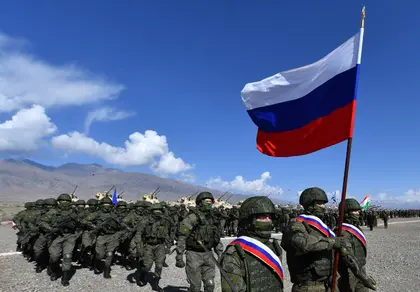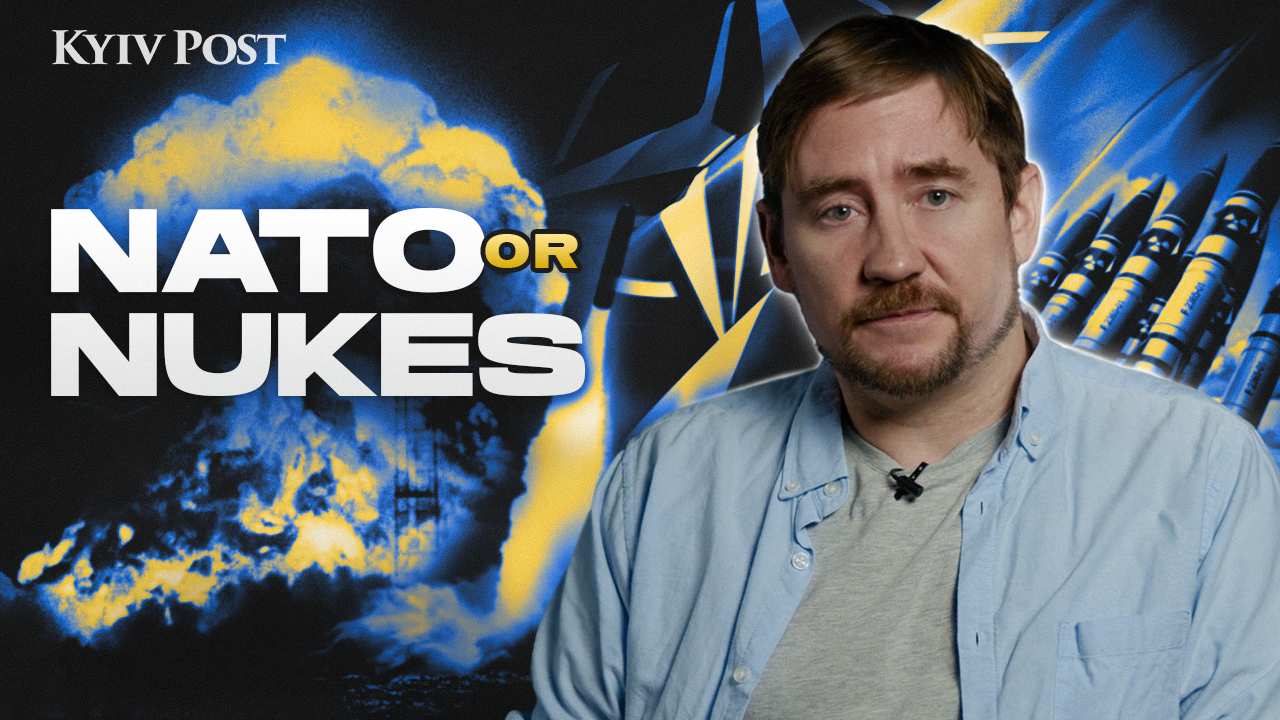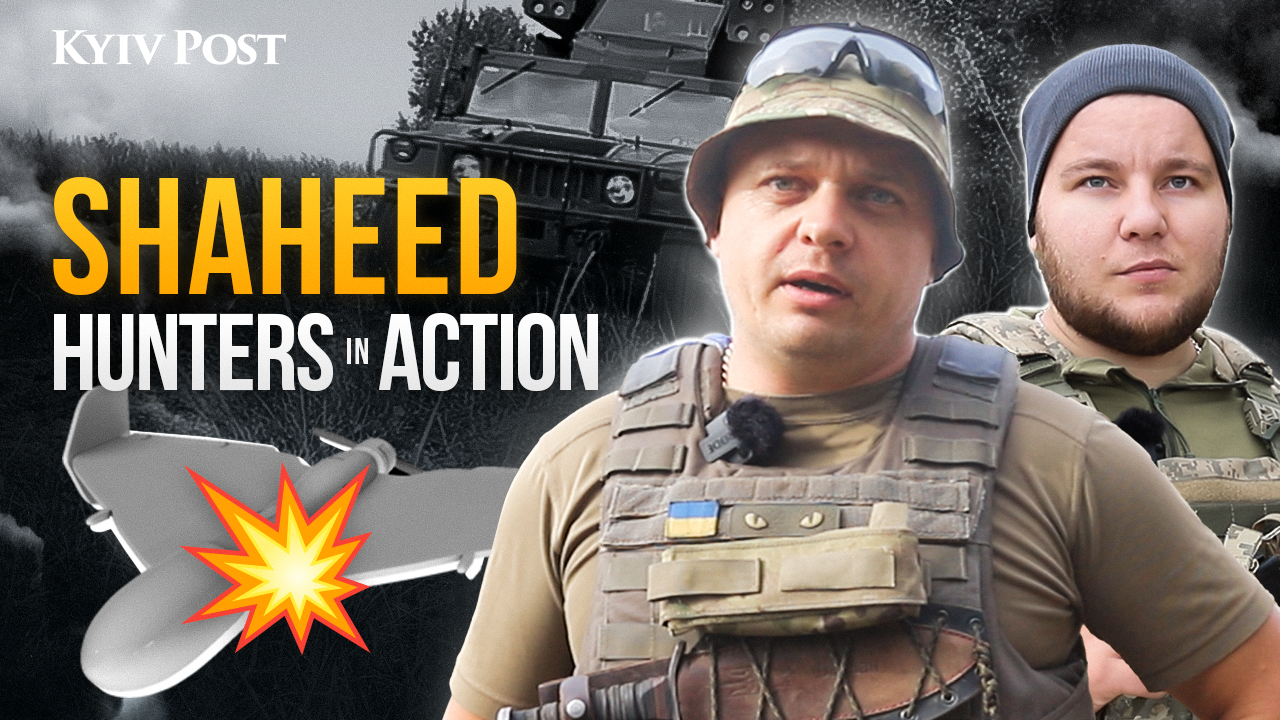LATEST: Belgorod Incursion Appears to be Over, But Competing Claims Remain
A “counter-terrorism” operation is underway to “clean up” Russian territory in the Belgorod region that borders Ukraine after an incursion by anti-Putin fighters yesterday caused absolute chaos for the Kremlin.
JOIN US ON TELEGRAM
Follow our coverage of the war on the @Kyivpost_official.
What’s the latest?
According to the governor of Belgorod, Vyacheslav Gladkov, the situation is ongoing on Tuesday afternoon.
In a message on Telegram, he said: “... mopping up is in progress… but unfortunately, it’s not possible [for Russian government officials] to go into the two villages on the border.”
Some Russian official sources on Tuesday claimed it wiped out militants and military hardware in the southern Belgorod region, but independent news websites, Telegram channels and the Belgorod governor himself contradicted that Moscow official line.
Gladkov also reported that several drones struck the region of Belgorod overnight, reportedly hitting houses and a government building but there were no casualties or deaths.
Kyiv Post has a detailed piece on how the "partisans" are digging in here.
What's the background to all this?
On Monday, members of two pro-Ukrainian groups – the Russian Volunteer Corps (RDK) and Freedom of Russia Legion (LSR) – crossed the border from Ukraine into the Belgorod region of Russia in two tanks, an armored personnel carrier, and nine other armored vehicles.

‘Who Will Join the Meat Grinder?’ – Russia Reassigns Drone Operators, Sparking Z-Blogger Criticism
After attacking a border post, they then preceded to capture the town of Kozinka, a settlement in the Grayvoron region of Belgorod Oblast within 600 meters of the border.
Chaos then unfolded as the pro-Ukrainian fighters opened fire on Russian forces in the neighboring villages of Glotove and Gora-Podol, multiple reports on both Russian and Ukrainian Telegram channels said.
Social media was flooded with images of the attack showing events unfold almost in real-time.
As Russian forces scrambled to mount a response, videos surfaced of Russian light armored vehicles reportedly heading towards the border to fight back, and of giant queues of private vehicles heading eastward as people were evacuated from the area.
Videos geolocated to the town of Grayvoron nearby showed a hornet’s nest of Russian aircraft, including a Russian Mi-8 attack helicopter flying at rooftop level next to an apartment building and firing off defensive flares, as well as a pair of Mi-28 helicopter gunships circling over the town center.
Some videos appeared to show the pro-Ukraine forces capturing Russian military vehicles.
By Monday night, Gladkov was reporting that administrative buildings in the towns of Borisovka and Grayvoron had been attacked and the popular Russian milblogger Rybar said buildings housing the Interior Ministry and the FSB security service in the city of Belgorod itself had come under attack.
On Monday Gladkov reported that eight people had been injured. The RDK also posted footage online purportedly showing the body of a Russian border guard.
On Tuesday evening, Gladkov said in a post on Telegram: "To our great regret, we do have casualties. A peaceful civilian – a resident of the settlement of Kozinka, died at the hands of Ukrainian forces.
"Our most sincere condolences go to all their relatives and loved ones."
Exact numbers of dead and injured are yet to be confirmed.
Who are the Russian Volunteer Corps (RDK) and Freedom of Russia Legion (LSR)?
The two groups are composed of Russians who are opposed to President Putin.
In a video addressing the Russian people and claiming responsibility for the attack, a camouflaged spokesman for the LSR, surrounded by armed men dressed in camouflage fatigues, said: “We are Russians, like you. We are people like you. We want our children to grow up in peace.”
Ilya Ponomarev, a spokesperson for the National Republican Army, which is affiliated with the RDK, told Kyiv Post on Monday afternoon: “It’s very opportunistic. Moving forward where possible: There are armored vehicles and tanks.
“The resistance is pretty limited because Russians don’t have enough troops on ground.
“Russia will need to send more troops and equipment. But there’s evidence that Russia is already evacuating people [from the Belgorod Region]. I think this situation has made the Kremlin very nervous. They were unprepared.”
Ukraine has been keen to stress that the fighters involved are comprised exclusively of Russian citizens and Ukrainian Main Intelligence Directorate (HUR) Spokesperson Andriy Yusov reported that the groups launched an operation in Belgorod Oblast to “liberate these territories... from the so-called Putin regime” and create a “security zone” by the border to protect Ukrainian civilians from further Russian shelling.
How has Russia responded?
The Kremlin said on Tuesday that Moscow needed to concentrate its military efforts to avoid another Ukrainian incursion into Russia and voiced "deep concern" over recent skirmishes in the Belgorod region.
"What happened yesterday is a cause for deep concern and once again confirms that Ukrainian militants continue their activities against our country," Kremlin spokesman Dmitry Peskov told reporters.
"This requires more effort from us and these efforts continue -- the special military operation is continuing -- so that this does not happen again," he added, using the Kremlin's term for Moscow's offensive in Ukraine.
Russian authorities introduced an “anti-terror regime” in Belgorod, a first since the start of Moscow’s invasion of Ukraine in February 2022.
The “anti-terror regime” introduced in the southern region gives special powers to security services and entails the enforcement of a number of restrictions and measures including beefed-up security and communications surveillance.
A similar regime was in place in Chechnya between 1999 and 2009, when Russian authorities battled insurgents during Moscow’s second military campaign in the mountainous region.
According to Ukrainian intelligence, Russia was even evacuating nuclear weapons from a storage facility in the Belgorod region.
The Kremlin has firmly placed the blame for the attack on Ukraine, accusing Kyiv of trying to distract attention from the situation in Bakhmut, which Russian forces claim to have captured in its entirety.
“We understand perfectly well the goal of such a diversion – to divert attention from the Bakhmut direction and minimize the political effect of Bakhmut’s loss for the Ukrainian side,” Kremlin spokesperson Dmitry Peskov said.
Is Ukraine behind the attack?
Kyiv has denied all responsibility.
“Ukraine is watching the events in Russia’s Belgorod region with interest and is studying the situation, but has nothing to do with it,” Ukrainian presidential advisor Mykhailo Podolyak said. Podolyak suggested that Russian “guerrilla groups” could be responsible.
“The only driving political force in a totalitarian country of tightened screws is always an armed guerrilla movement,” he said.
But that’s not to say Ukraine isn’t taking advantage of events. Shortly after reports of the incursion surfaced, Kyrylo Budanov, the head of Ukraine’s Military Intelligence Directorate (HUR) released an address to Russian soldiers in Russian.
“You have a choice: die or save your life,” Budanov told the Russian soldiers, referring them to the state project called “I want to live,” a call-in service that explains to RF soldiers how to surrender.
Wagner mercenary group founder Yevgeny Prigozhin blamed the incident on failures of the Russian state.
"Instead of ensuring the security of the state, some are syphoning off cash, others are acting like fools," he wrote in a press statement.
What happens next?
That’s difficult to say with any certainty, but as of the time of writing, anti-Putin forces appear to be in control of a small but incredibly significant part of Russian territory, something the Kremlin will be looking to rectify as soon as possible.
Aleksei Baranovsky, a representative of the Russian Armed Opposition Political Center, an information platform closely linked to groups opposing the regime of Russian President Vladimir Putin, confirmed to Kyiv Post the anti-government fighters that drove into Russia were still in place on Tuesday afternoon.
“Liberation forces are present on the territory of the Gayvoron district in the Belgorod region. For now, they are staying there. We will see what happens today,” Baranovsky said.
“There will be more news. No one was prepared for this in Russia.”
You can also highlight the text and press Ctrl + Enter









